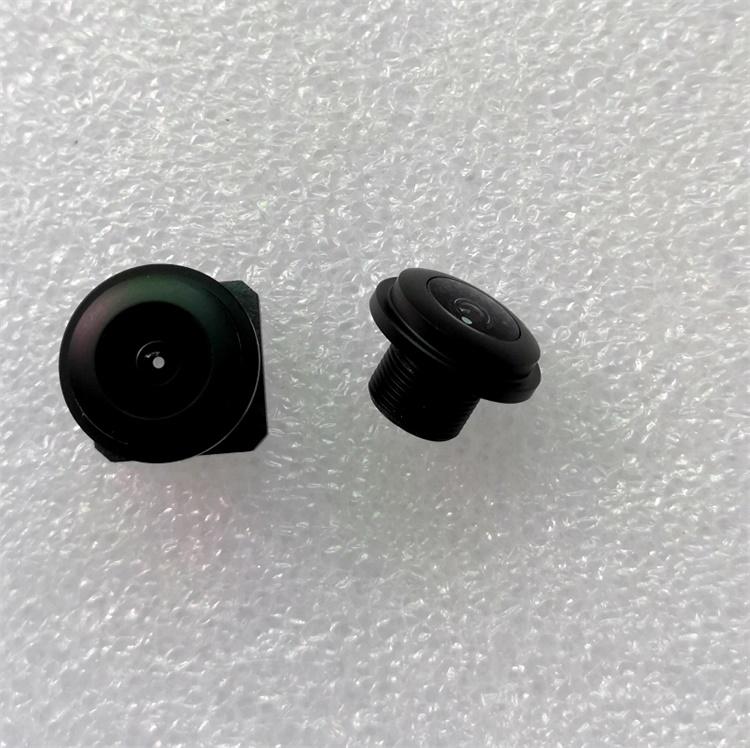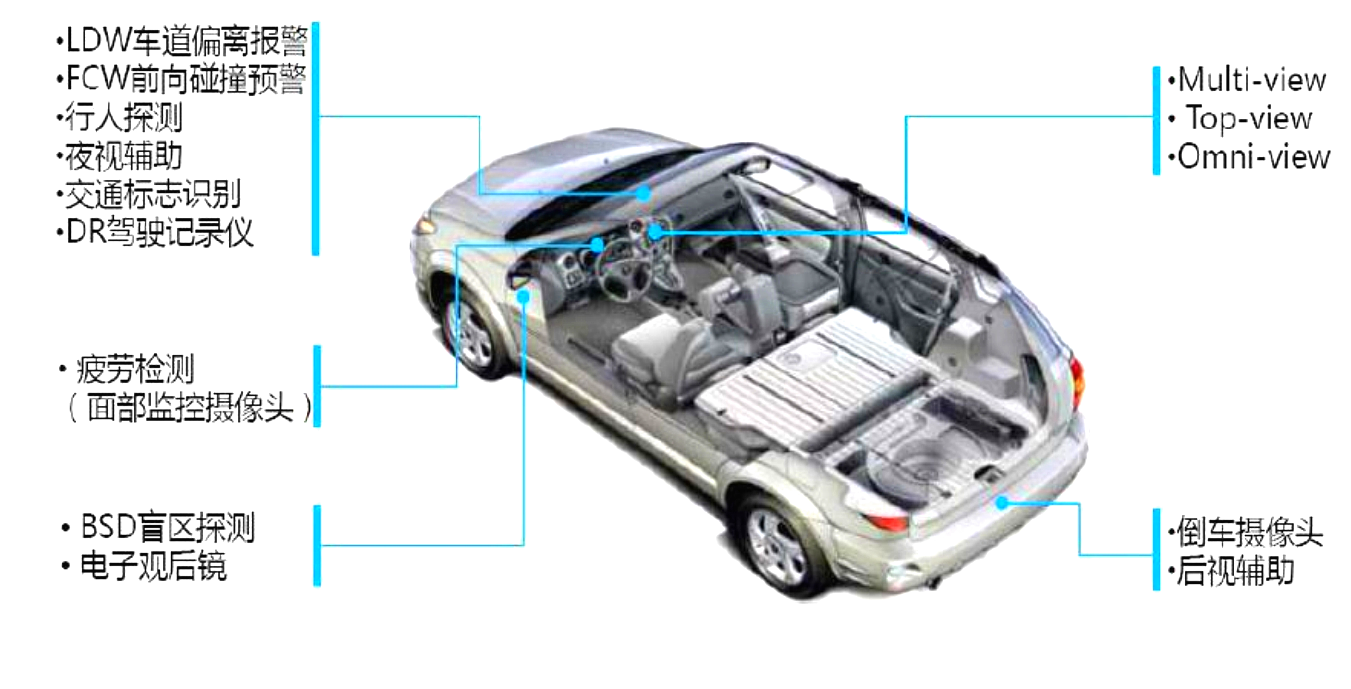

goobuy 2019 1/4'' cmos sensor wide angle 150 degree car reversing camera ( backup camera, rear-view camera) lens M8*p0.5
A backup camera (also called a reversing camera or rear-view camera) is a special type of video camera that is produced specifically for the purpose of being attached to the rear of a vehicle to aid in backing up, and to alleviate the rear blind spot. It is specifically designed to avoid a backup collision. The area directly behind vehicles has been described as a "killing zone" due to associated accidents.[1] Backup cameras are usually connected to the vehicle head unit display.
The design of a backup camera is distinct from other cameras in that the image is horizontally flipped so that the output is a mirror image.[2] This is necessary because the camera and the driver face opposite directions, and without it, the camera's right would be on the driver's left and vice versa. A mirrored image makes the orientation of the display consistent with the physical mirrors installed on the vehicle. A backup camera typically sports a wide-angle or fisheye lens. While such a lens spoils the camera's ability to see faraway objects, it allows the camera to see an uninterrupted horizontal path from one rear corner to the other. The camera is typically pointed on a downward angle, to view potential obstacles on the ground as well as the position of approaching walls and docks, rather than straight back.
Backup cameras are common on vehicles that tow difficult-to-see trailers, such as motorhomes. Recently, with the rise in popularity of in-dash DVD players and GPS navigation systems which aid in justifying the expense of adding a color LCD to the driver's seat, they have become much more common, often available as optional factory accessories on standard passenger trucks and sport utility vehicles, as well as aftermarket accessories. Inside the vehicle, the display is typically wired to automatically sense when the transmission is set in reverse, showing the backup view while in reverse and or providing grid guidelines by detecting the parking lot markings to aid the driver. The display will show the map (or other content) on the screen at all other times typically in other gear modes in most parking systems.

Backup cameras are produced in different varieties depending on the application.